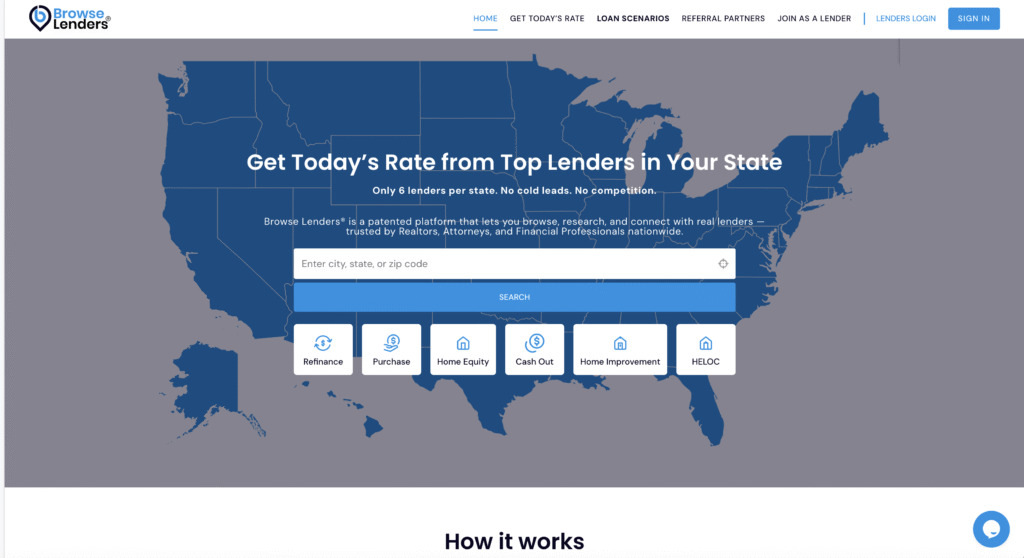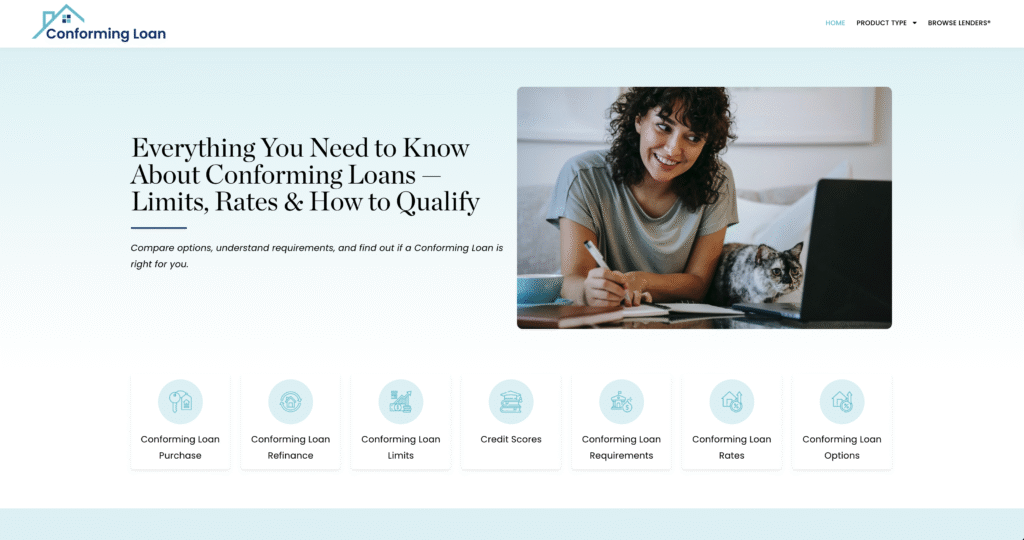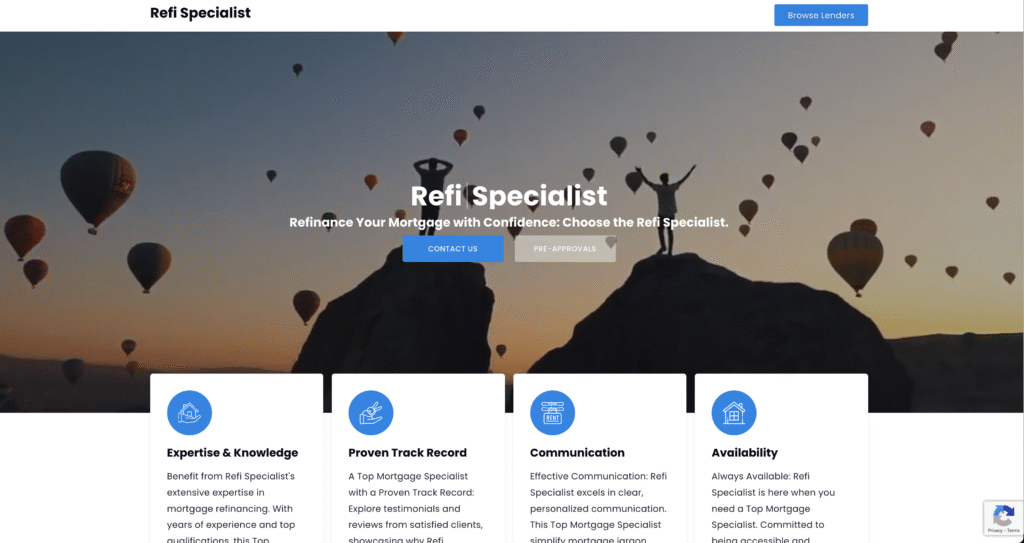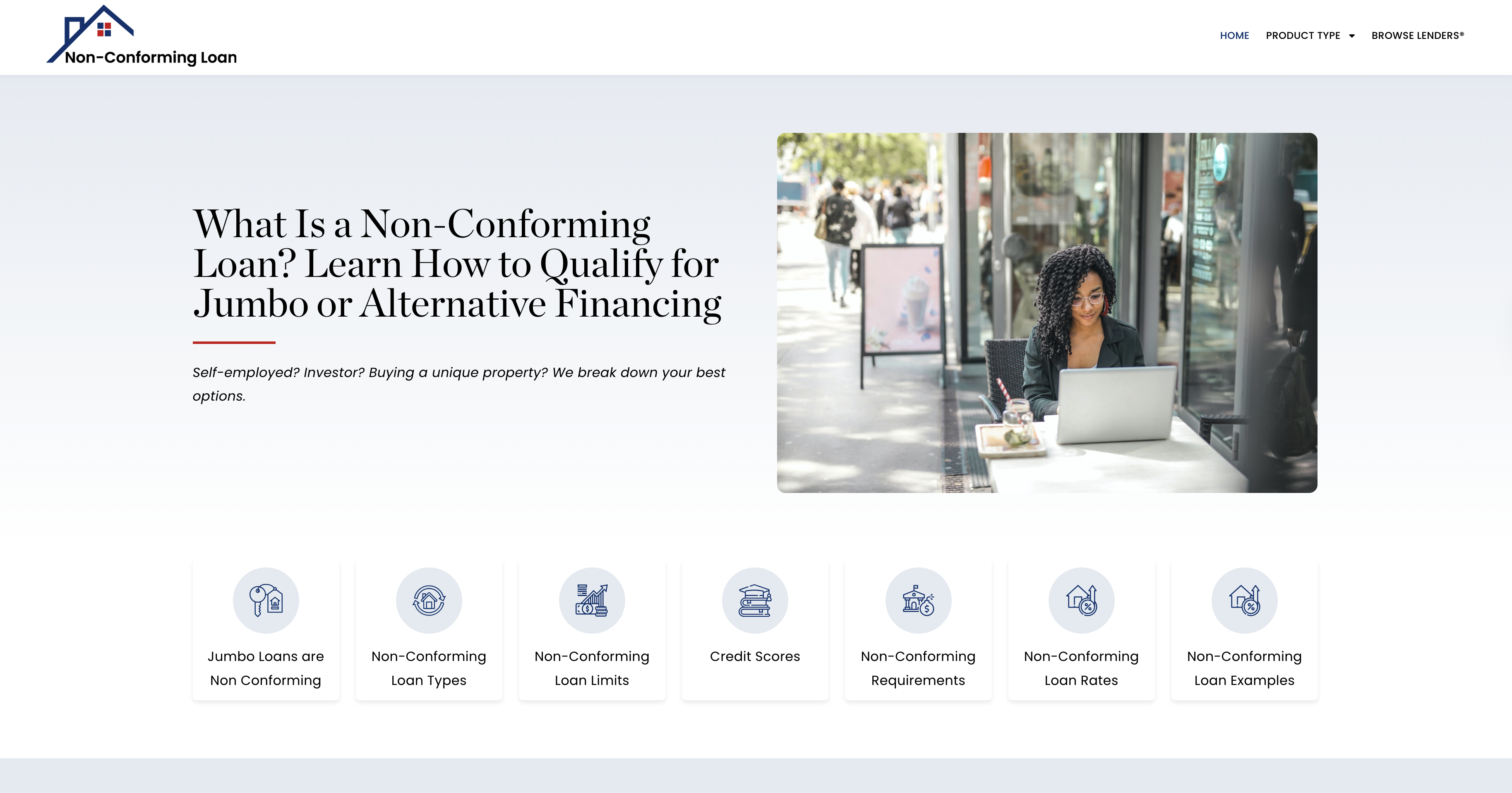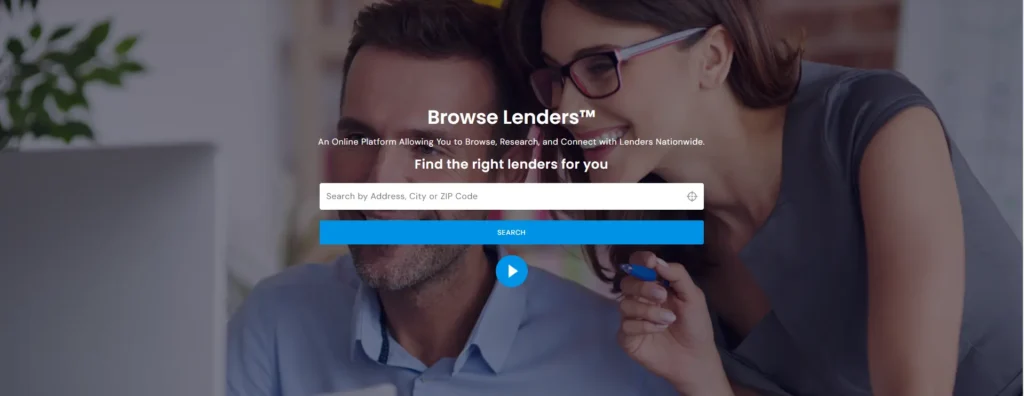Why Member-Based Organizations Are Moving Toward Financial Readiness Support
Associations, unions, credit unions, advocacy organizations, and trade groups exist for a core purpose — to protect and strengthen the people they represent. Historically, this protection focused on wages, working conditions, job rights, community resources, or access to programs. But today, the single biggest threat to a member’s long-term stability is not employment risk — it is financial unpreparedness at the moment when opportunity (or crisis) arrives.
When a member is financially vulnerable, their options collapse.
When a member is financially prepared, their future expands.
This is why more associations are integrating proactive credit readiness into their wellness strategy — not as a “service add-on,” but as a protective benefit that helps members remain stable, housed, insurable, and future-eligible when it matters most.
Financial Readiness Is Now a Stability Issue — Not a Lending Issue
Most members are unaware that the score shown in consumer apps is not the score that determines whether they can secure a mortgage, qualify for a refinance, assume inherited property, or protect their financial position during a crisis.
Associations are learning that when members don’t understand their middle credit score, they face preventable setbacks such as:
- Losing the ability to keep a family home after a transition
- Being denied a refinance that would stabilize monthly costs
- Paying higher interest on debt, reducing disposable income
- Failing to qualify for protection-based products (life, umbrella, etc.)
- Facing unnecessary financial stress that spills into family stability
For unions and member organizations that see themselves as safeguards for household security, credit readiness is no longer a “nice to have” — it is a member protection tool.
Why the Middle Credit Score® Matters at the Association Level
The middle score is not a financial detail — it is a predictor of member resilience.
When members understand and improve the score that actually controls approval, they become more stable in every category that matters to association leadership:
| Member Outcome | Organizational Benefit |
|---|---|
| Better housing stability | Lower member stress, stronger retention |
| More access to refinancing | Greater financial breathing room |
| Higher insurability | Family protection & continuity |
| Reduced surprise denials | Fewer crisis interventions |
| More predictable eligibility | Stronger community outcomes |
Why Readiness Strengthens Community Stability — Not Just Individual Outcomes
Associations don’t exist to simply provide membership — they exist to create security, dignity, and belonging. When members are financially unprepared, they are not only vulnerable individually — the community network around them becomes strained. When preparation happens upstream, stability becomes collective, not isolated.
This is why unions, trade associations, credit unions, and member-based organizations are beginning to view credit readiness as a community-strengthening tool, not a personal finance product.
Prepared members:
- stay housed,
- stay protected,
- stay insured,
- stay mobile,
- and stay future-eligible.
Stability is health.
Stability is dignity.
Stability is retention.
Why Associations Are Uniquely Positioned to Deliver This Benefit
Unlike lenders, attorneys, or financial advisors, associations are trusted by default — they exist to protect their members’ best interests. When readiness education comes from the association instead of a financial vendor, members experience it not as “sales,” but as support.
| Source of Information | How Members Interpret It |
|---|---|
| Lender | “They need me to qualify for something.” |
| Credit repair service | “They want monthly fees from me.” |
| Financial influencer | “Generic advice — not personal.” |
| Association | “This resource is protecting me.” |
That difference in trust completely changes engagement.
Members don’t second-guess the motive.
They believe it was provided for their benefit.
The Human Side of Readiness: Second Scenario (Life Transition)
A long-time association member experiences a major life transition and needs to restructure finances to stabilize the household. They assume they will qualify because they have steady income and a clean payment history. During the process, underwriting uses the middle credit score — not the app score — and the restructuring fails. The member is suddenly forced into a reactive financial position, and the association becomes the emotional support system by default.
But emotional support after the fact cannot reverse a missed opportunity.
Had readiness been addressed earlier, this member could have acted proactively before urgency set in, keeping their financial footing and preserving dignity during a difficult moment.
This is where associations are now stepping in —
before members feel exposed, not after.
Why This Benefits the Organization as Much as the Member
When members are financially stable, they remain engaged, employable, compliant with obligations, better positioned for advancement, and less dependent on crisis support systems. For associations, readiness creates structural outcomes:
| Member Strength | Association Benefit |
|---|---|
| More stable housing | Lower emergency intervention |
| Greater ability to refinance | Less financial strain |
| Increased protection eligibility | More secure families |
| Better long-term planning | Reduced attrition |
| Higher financial dignity | Stronger community trust |
Financial chaos weakens retention.
Financial readiness strengthens loyalty.
Readiness Builds Goodwill Capital
Associations don’t compete the way businesses do —
they retain through trust capital.
Trust capital is built when an organization protects its members in ways they didn’t even know they needed yet. It is built through foresight, not rescue.
A member who feels:
- supported before the crisis,
- informed before the application,
- and empowered before the window opens,
remembers who made that possible.
That is how goodwill becomes loyalty.
Why Associations Prefer a Neutral, Education-Only Platform
Associations are extremely careful about reputational and mission alignment. They do not want to “endorse lenders,” “sell products,” or attach their name to transactional partners. Middle Credit Score® is embraced precisely because it is:
✅ Education-driven
✅ Non-profit friendly
✅ Vendor-neutral
✅ Not a credit repair service
✅ Not a sales pipeline
✅ Not tied to any lender
This allows associations to strengthen member readiness without becoming financial advisors, without legal exposure, and without promoting outside commercial interests.
How the Platform Integrates into Member Wellness
Associations typically integrate Middle Credit Score® as part of:
- Member onboarding benefits
- Financial wellness resources
- Member advancement programs
- Housing stability initiatives
- Family protection/continuity planning
- Community empowerment efforts
- Workforce resiliency programs
In each case, the purpose is the same:
“You are protected here — and prepared before you’re at risk.”
When Readiness Becomes a Form of Member Protection
For associations, protection has always meant more than advocacy — it means preserving the member’s ability to move forward in life. Historically, this meant protecting wages, rights, and access. Today, it also means protecting eligibility: a member’s ability to qualify, refinance, secure property, transition successfully, and remain financially anchored.
The most effective member support is the kind that happens before hardship — not after a breakdown forces the association into reactive assistance. This is what makes readiness such a powerful new pillar of member wellbeing.
Prepared members stand stronger.
Prepared members need less crisis support.
Prepared members stay connected to the organization that helped protect them early.
The Third Scenario (Dignity + Retention)
A long-standing member attempts to refinance to stabilize household expenses after a period of financial strain. They believe they will qualify easily, because every app-based score they’ve seen shows they are in good standing. When underwriting applies the middle credit score, they fall short and the refinance fails.
The financial consequence is stressful —
but the emotional consequence is deflating.
The member feels:
- like they “should have known,”
- embarrassed that something so important was hidden,
- and discouraged before they can regroup.
Later, through their association, they learn about the Middle Credit Score® — and realize that if they had known earlier, the outcome would have been different.
At that moment, the association is no longer just a benefits provider.
It becomes the protector of dignity.
And dignity is loyalty.
Why Readiness Is Becoming a “Modern Duty of Care” for Associations
Associations already protect member opportunity in the workplace — now they are extending that protection into economic life stability. Just as unions once ensured fair wages before exploitation occurred, or credit unions provided safe access to financial services before commercial lenders would… today, readiness is becoming the next frontier of member protection.
Because when a member loses eligibility, they often lose:
- momentum,
- confidence,
- and upward mobility.
Readiness prevents that loss.
This is why more organizations are embracing financial preparedness not as a perk, but as a duty of care — a meaningful way to preserve member advancement.
How This Builds Stronger Long-Term Membership
When an association protects its members’ futures, not just their present struggles, retention becomes generational. Members remain because they feel supported before they are vulnerable, and that proactive protection creates deep alignment with organizational mission.
| Traditional Value | Modern Expansion |
|---|---|
| Protect my wages | Protect my stability |
| Protect my rights | Protect my readiness |
| Protect my voice | Protect my opportunity |
| Protect me in crisis | Prepare me before crisis |
This is what modern associations now recognize:
preparation is protection.
Why Middle Credit Score® Fits Association Culture
Unlike credit repair or financial sales programs, Middle Credit Score® is:
- Educational
- Neutral
- Dignity-based
- Non-commercial
- Mission-aligned
- Accessible
It does not ask members to “be a customer.”
It allows them to remain a member first, and a more informed member second.
That alignment is why adoption is spreading — not because it is financial literacy on paper, but because it is security in practice.
A Light Ecosystem Reference (Strategic Positioning)
Middle Credit Score® is part of a broader national financial wellness ecosystem designed to help consumers understand readiness long before they encounter lenders or underwriting. For associations, this means they are giving members access to not just a tool — but a network of preparation designed to protect opportunity.
That’s what makes it scalable for:
- local unions,
- statewide membership organizations,
- regional associations,
- and nationwide advocacy groups.
The platform is not selling outcomes —
it is protecting future outcomes.
Protect your members before they face preventable setbacks.
Give them readiness — not rescue.
Stability begins when members can see clearly.
Readiness turns that clarity into security.
Who Is Using Middle Credit Score® in the Association Space
Adoption is rapidly growing among organizations whose mission involves protecting the long-term security of their members, not just their participation. These are associations that recognize that financial readiness directly affects stability, dignity, and generational mobility.
The organizations most frequently integrating the platform include:
- Labor unions and trade unions
- Professional associations (skilled trades, education, healthcare, public sector)
- Credit unions and community financial cooperatives
- Member-owned organizations
- Apprenticeship and workforce development programs
- Advocacy and economic mobility nonprofits
- Retirement and benefit associations
These groups are not offering “financial products.”
They are strengthening member resiliency.
Why Adoption Is Accelerating in Membership-Based Organizations
Associations are discovering that readiness is not a “finance conversation” — it is a membership stability strategy. When members remain financially secure and future-eligible, the association’s mission is easier to fulfill and community strength compounds.
| Organizational Driver | Why It Matters to Associations |
|---|---|
| Member stability | Stronger long-term retention |
| Dignity protection | Higher trust and goodwill capital |
| Preventive support | Fewer downstream crises |
| Economic resilience | Members advance further, faster |
| Mission alignment | Benefits go beyond slogans — they create outcomes |
People join associations for protection.
Readiness extends that protection beyond the job site or profession into the home and family level.
Mission Alignment: Why Middle Credit Score® Fits Association Values
Unlike traditional financial products, Middle Credit Score®:
✅ Does not sell loans
✅ Does not charge repair fees
✅ Does not push products
✅ Does not replace advisors
✅ Does not exploit member financial stress
Associations select it because it is:
- education-first
- neutral
- accessible
- respectful
- member-centered
- non-commercial
It protects member readiness without compromising organizational neutrality or trust.
The Shift from “Service” to “Protection Benefit”
Associations today are evolving from reacting to hardship to preventing hardship by helping members strengthen themselves early, before risk surfaces.
This is the exact reason readiness is now being seen as:
a modern benefit of membership — not a perk, not a promotion, but a protective measure.

